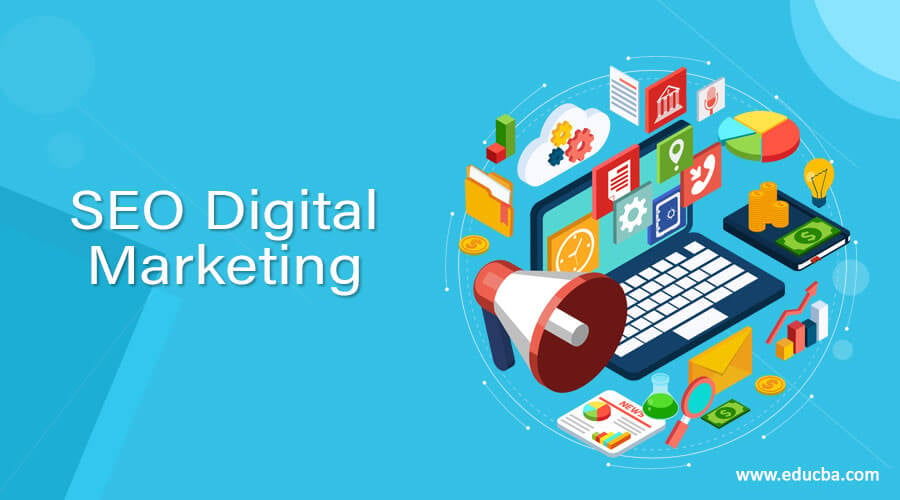
On-page SEO is one of the most important aspects of any SEO strategy. It refers to the optimization techniques applied directly to your website’s content and structure to improve its komsgro on search engine results pages (SERPs). Unlike off-page SEO, which focuses on external factors like backlinks, on-page SEO is entirely within your control. By mastering on-page SEO techniques, you can significantly improve your website’s visibility, user experience, and overall performance. This article will outline the key techniques to help you rank higher on Google through effective on-page SEO marketing.
Title tags and meta descriptions are the first things users see when your page appears in search results, making them essential for both SEO and user experience. Title tags should accurately describe the content of the page while incorporating your target keyword. They should be compelling enough to entice users to click. Keep the title tag under 60 characters so it doesn’t get truncated in search results. Similarly, your meta description, which provides a brief summary of the page’s content, should be no longer than 155-160 characters. Including relevant keywords naturally within the meta description and offering a clear value proposition can help increase click-through rates (CTR) and improve your rankings.
Header tags (H1, H2, H3, etc.) are not just for aesthetic purposes; they play a vital role in organizing your content for both search engines and users. The H1 tag should be used for the main title of your page and must contain your primary target keyword. It’s important to ensure that the H1 is unique for each page and accurately represents its content. For subheadings, use H2 and H3 tags to break your content into sections, making it easier for readers to digest. Properly structuring your content with clear headings not only improves user experience but also helps search engines understand the hierarchy and relevance of the information, which can contribute to higher rankings.
A clean, descriptive, and keyword-rich URL is important for on-page SEO. URLs should be simple, short, and include your target keyword where possible. Avoid long and complicated URLs filled with numbers or special characters, as they are less user-friendly and harder for search engines to index. For example, a URL like “www.example.com/seo-guide” is far better than “www.example.com/page-id=12345.” Additionally, internal linking is a powerful way to enhance SEO. Linking to other relevant pages on your website helps spread link equity, improves site navigation, and increases the likelihood of users spending more time on your site. When adding internal links, make sure to use descriptive anchor text that provides context to both users and search engines about the linked page’s content.
Content is king in on-page SEO, and creating high-quality, engaging, and relevant content is crucial to ranking higher on Google. Your content should provide value, answer user questions, and address the search intent behind the keywords you are targeting. It’s important to incorporate your target keywords naturally into the content, ensuring that they are included in the first 100 words, in headers, and throughout the body text. However, avoid keyword stuffing, as this can negatively affect your rankings. Instead, focus on creating content that is informative and well-written, making sure it satisfies the needs of your target audience. Long-form content, typically over 1,000 words, tends to rank better in search results, as it provides more comprehensive coverage of the topic.
User experience is a crucial ranking factor for Google, and page speed plays a major role in this. Websites that load slowly can result in high bounce rates, negatively impacting rankings. Tools like Google PageSpeed Insights can help you identify and resolve speed issues on your website. Common solutions include compressing images, leveraging browser caching, and minimizing JavaScript and CSS files. Mobile-friendliness is another vital aspect of on-page SEO. With Google’s mobile-first indexing, it’s essential that your website is optimized for mobile devices. Ensure that your site’s design is responsive, meaning it adapts seamlessly to different screen sizes, and check that buttons, text, and navigation are easy to use on mobile devices.
Featured snippets and rich snippets are highly coveted positions in search results, often appearing at the top of the SERP, and they can drive significant traffic to your website. Featured snippets display answers to users’ queries directly within the search results, typically in the form of bullet points, paragraphs, or tables. To optimize for featured snippets, structure your content in a way that directly answers common questions related to your topic. Use lists, tables, or concise definitions to improve your chances of being featured. Additionally, rich snippets, which include elements like star ratings, images, or event details, can enhance your search result listings and attract more clicks. To implement rich snippets, use structured data (Schema markup) to provide additional context to search engines about your content.
Mastering on-page SEO is crucial for improving your website’s visibility and achieving higher rankings on Google. By optimizing title tags, meta descriptions, header tags, URL structure, and internal linking, you can enhance both user experience and search engine performance. Creating high-quality, keyword-rich content is the cornerstone of on-page SEO, while improving website speed, mobile-friendliness, and targeting featured snippets can further boost your SEO efforts. Remember that on-page SEO is not a one-time task; it’s an ongoing process that requires regular updates and adjustments. By consistently applying these techniques and staying up-to-date with SEO best practices, you’ll be well on your way to mastering on-page SEO marketing and driving more organic traffic to your website.